Are you looking for a better way to connect with your audience when delivering a sales presentation?
If your presentation isn’t getting the results you need – perhaps because it isn’t visually engaging or lacks a clear narrative – then visual storytelling is an effective way to tell a more persuasive story and drive deeper engagement with your audience, drawing them in and reinforcing your key messages.
Ever since humans first sat around campfires, stories have been told to create emotional connections, so it’s no great surprise to learn that stories are the very backbone to any effective presentation.
Visual storytelling presentation is at the heart of all our work and underpins all our successful presentations for customers, so we’re going to explain a little more about visual storytelling, and what makes it so essential for your interactive presentations.
What is visual storytelling exactly?
We are hardwired to be attracted to stories, we use them to understand the world around us, and they’ve often served as vital tools for us to explain the world around us to others.
In terms of an interactive presentation, the story is the narrative. It creates a compelling argument, providing a way for your audience to connect your messages, products and solutions and frame them in their minds. It should be told in a way that your audience can remember and relate to.
A visual storytelling presentation is essentially taking that story one step further by using a series of visuals to effectively tell and support the core narrative.
It could be as simple as plotting annotated notes on a relevant image, but not just any image, it must be relevant and resonate with the audience, it should almost be able to tell a story by itself.
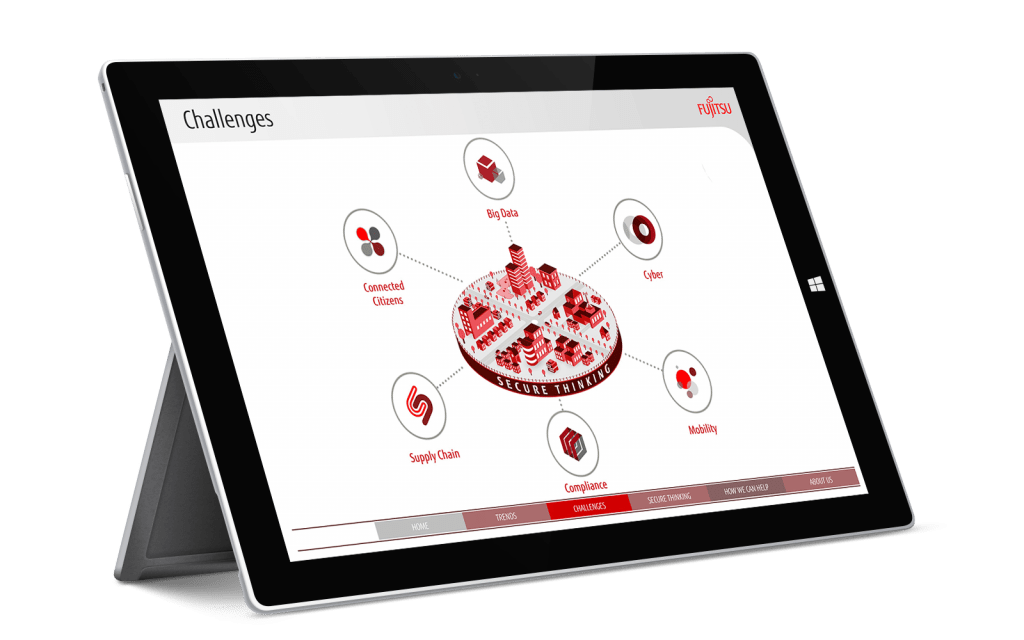
Alternatively, if you have a very complex solution, with a large number of stages, then just one image with a long list of features next to it could be quite overwhelming, making it difficult for your audience to understand.
In this case, the best thing to do would be to build it up step-by-step, visually. Taking each stage – or process – and explaining what is happening, and why it’s important. Building the story visually in this way makes it much easier to absorb – relaying complex information in simple, digestible parts.
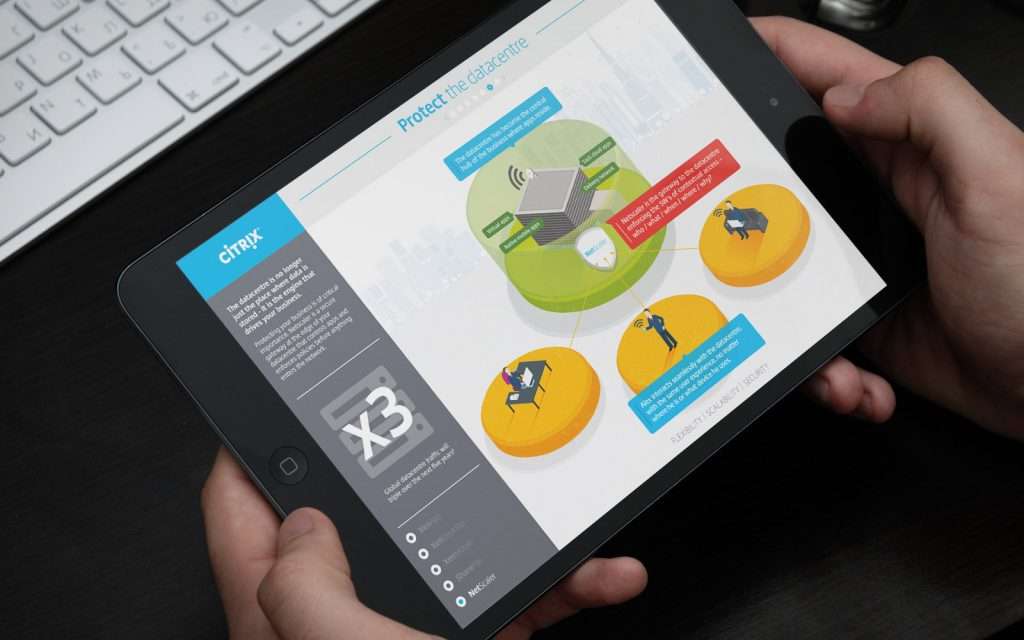
Why is visual storytelling so essential for presentations?
Well, our brains are better equipped to process images faster than words, in fact, 60,000 times faster! And, we have a much higher retention rate when an image is used, 65% as opposed to 10% with no image, after just three days.
So, let’s look at a typical example. Say you’re a retail chain – are you more likely to react to a presentation which features slide-after-slide of bullet-pointed product-focused content, or a presentation with a retail store visual that demonstrates how these solutions work in situ and the benefits that they provide.
This is the key difference; not using visual storytelling requires the audience to work on their own to interpret what they’re seeing and hearing. On the other hand, using visual storytelling means you are showing very clearly how things work.
Not to mention the fact that stories provide emotion, engagement and excitement – they make ideas easy to follow and get people thinking.
So, what if you’re determined to stick with your old presentation that’s content-heavy and packed full of slides? Without visual storytelling, the risk is that someone will walk away from your presentation and struggle to remember who you are, what your proposition was or why it’s relevant to them. If you don’t engage with the audience; you become forgettable.
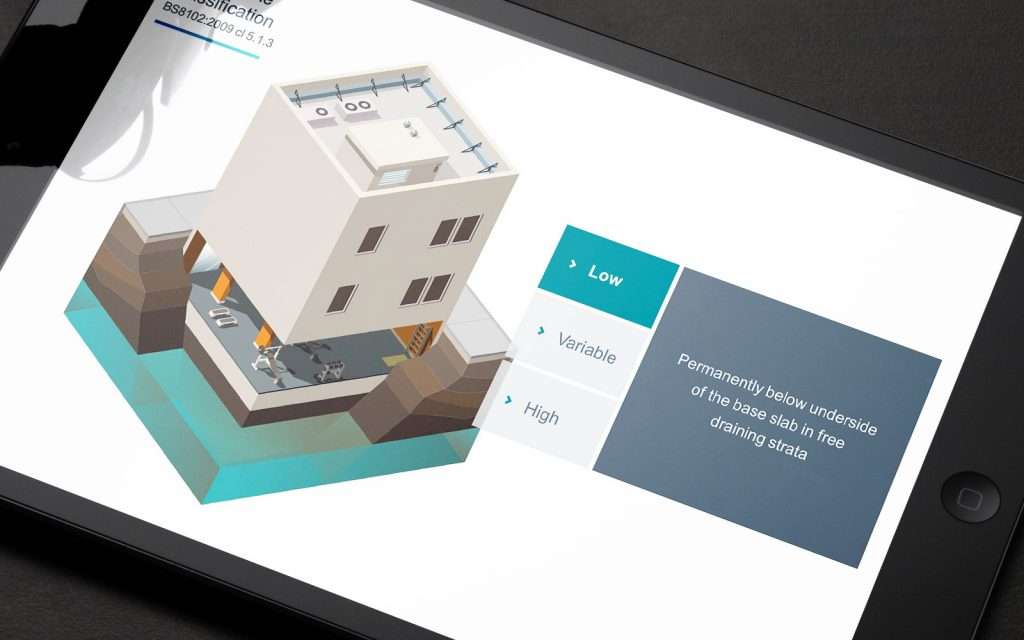
Even worse, during the presentation, the audience isn’t going to be willing to sit there and read 20 presentation slides – instead, they’ll switch off and just listen to the speaker which is a good thing but then you will only be getting half the impact. Unfortunately, this is a mistake that people are still making today.
The key is to make your presentation persuasive, engaging, easy to understand and memorable! Visual storytelling is an essential element to making this happen.
Advice for developing your own visual storytelling presentation
The first thing we’d say is to think carefully about who you’re talking to; what will resonate most with them? What kind of visuals will your audience feel familiar and comfortable with to tell the best story?
If you’re feeling like you need a bit more inspiration, this is something an interactive design agency with experience of developing interactive presentations should be able to help you with. Usually, they should be able to listen and understand your needs, before providing you with some free, impartial advice. They should also be able to show you some previous examples of their work.
Our client, Isotrak, had a presentation that was product-focused and completely overwhelmed with content. So, we helped them create a ‘day-in-the-life’ scenario, which helped show potential customers how the products worked in their environment, focused on the value Isotrak delivered and ultimately how this benefited their business.
The result? A visual story of how Isotrak can make a real difference to their customer’s business.
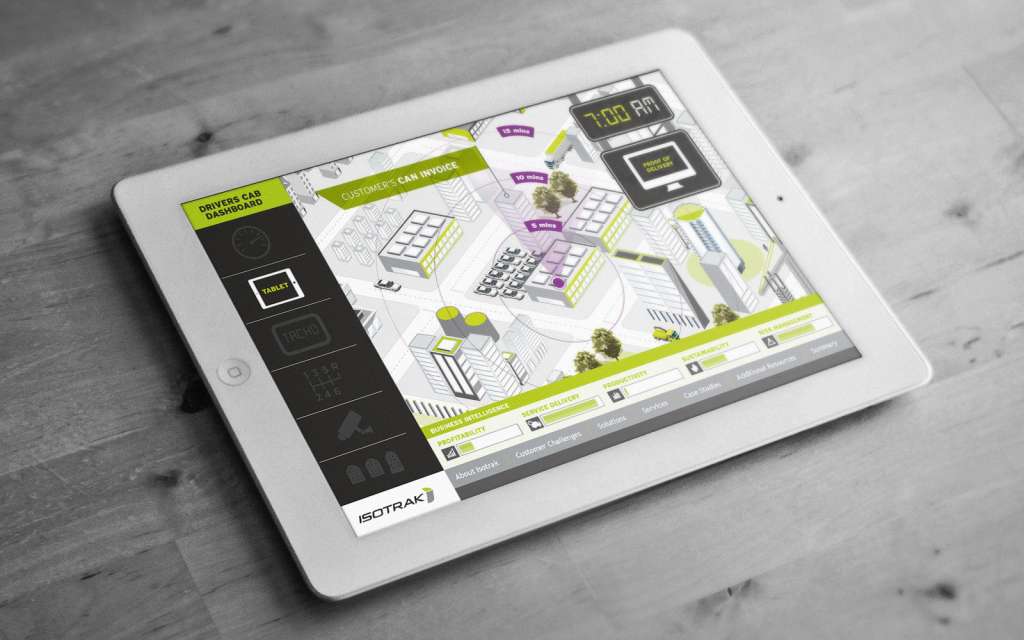
In summary
A visual storytelling presentation shows, it doesn’t tell which is an important distinction. They’re particularly great for connecting with your audience and helping them to better understand the value your products or services bring. All too often, people are still suffering the pitfalls of content-heavy presentations (death by PowerPoint, anyone?), instead of making things easier to understand and follow – by telling a good, visual story.
Need a hand with your visual storytelling presentation?
Feeling uncertain of your options? Don’t worry – a good interactive design agency should be able to offer you some guidance, or help you out with some free, impartial advice. That’s where POPcomms comes in, with a wealth of experience creating engaging presentation tools for businesses just like yours.
Curious about what else you can do with visual storytelling? Get in touch with us on 0117 329 1712 or email hello@popcomms.com. To get to grips with what we do, be sure to check out the video below:
Related Posts
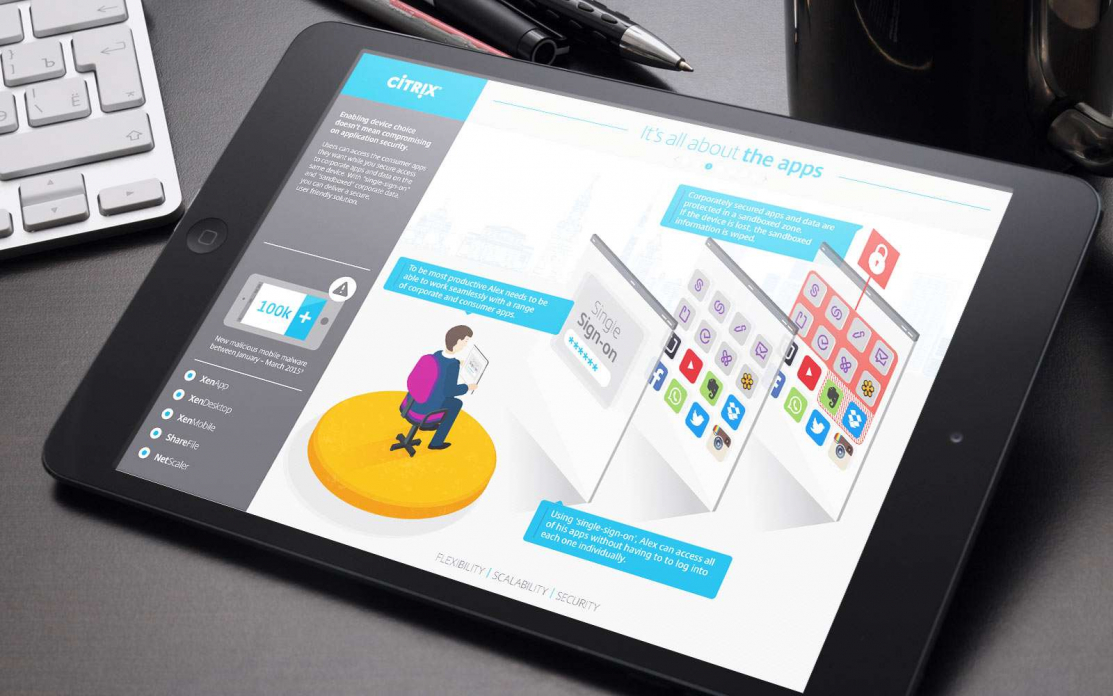
Costly Interactive Sales Presentation Errors to Avoid
Read
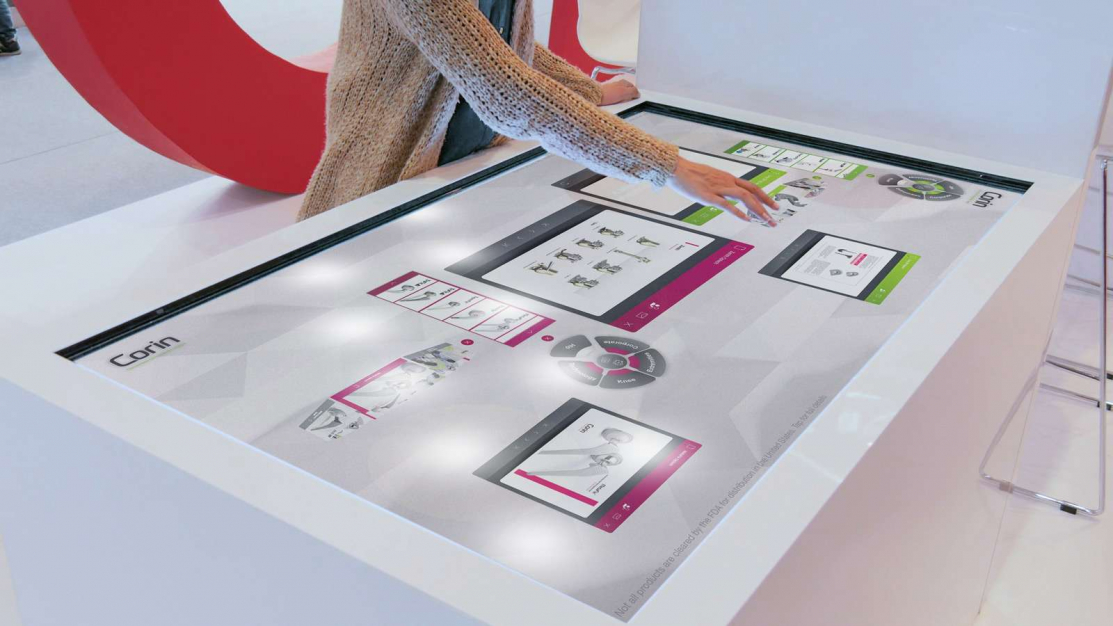
The Most Important Aspect of Winning New Business [AKA How Sales & Marketing Compare to Online Dating]
Read
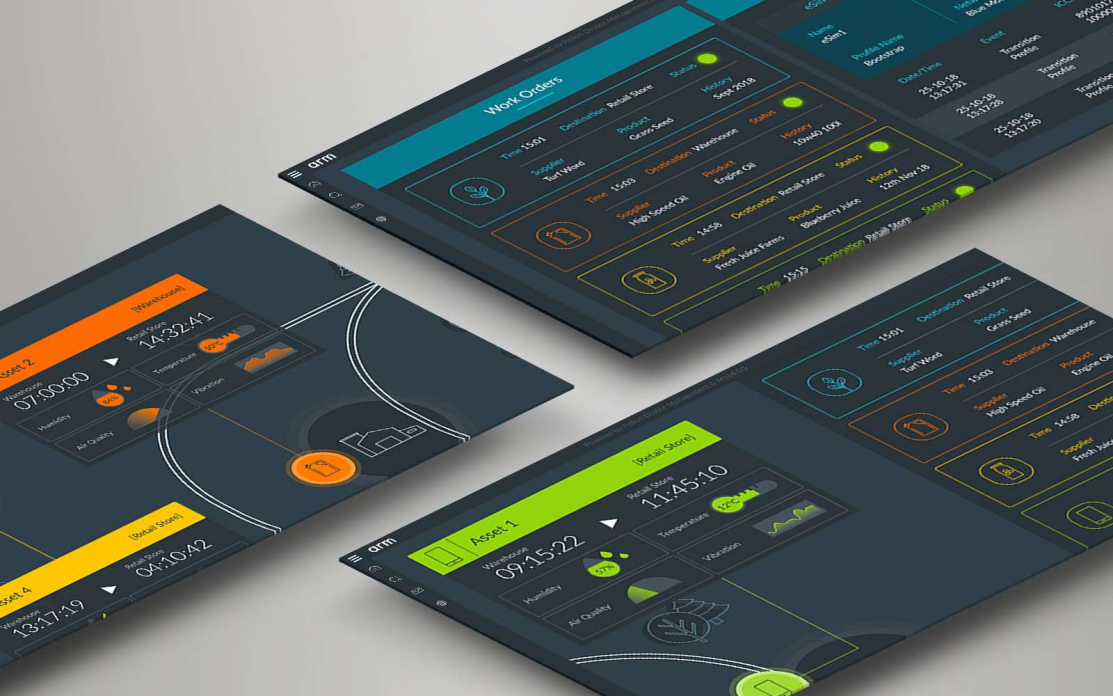
Sales Enablement Tools: 6 Financial Benefits With An Interactive Experiences Platform
Read

How Do You Use Martech to Build Buyer Confidence?
Read